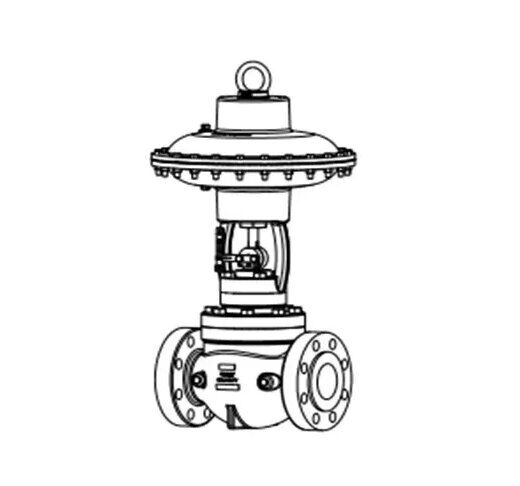Enhancing the Service Life of High-Pressure Control Valves
On this page
High-pressure control valves play a crucial role in industrial operations, directly impacting production efficiency and maintenance costs. However, their service life is often constrained by various factors, including cavitation, corrosion, valve resistance, flow direction, and aperture. To comprehensively understand and optimize the service life of high-pressure control valves, it is essential to delve into these influencing factors and propose corresponding solutions.
Cavitation and corrosion are among the primary reasons for the shortened service life of high-pressure control valves. Cavitation occurs due to the phenomenon of vapor bubble formation and collapse as flow velocity increases, resulting in impact on the valve body surface and eventual formation of honeycomb pits. Conversely, corrosion stems from chemical erosion of valve body materials by the medium, leading to deteriorated sealing performance and accelerated valve damage. To address this issue, measures such as employing corrosion-resistant materials or coatings and increasing the thickness of anti-corrosion layers can be implemented to fundamentally reduce the effects of cavitation and corrosion.
The flow direction of the medium significantly affects the service life of valves. In the case of flow opening, increased flow velocity leads to a sudden decrease in pressure, exacerbating cavitation and causing increased valve wear. Conversely, in flow closure, the gradual reduction in medium pressure mitigates cavitation, prolonging valve life. Additionally, the magnitude of throttling resistance affects pressure variations in valves, with excessive throttling resistance increasing pressure recovery and reducing cavitation, thereby extending valve service life.
The aperture size directly influences valve service life. Oversized or undersized apertures accelerate wear on the valve core sealing surface, leading to valve damage. To extend valve service life, aperture size should be carefully controlled to avoid excessive proximity between the valve core sealing surface and the throttling port cavity. Furthermore, increasing the length of throttling components can effectively enhance valve service life by reducing the occurrence of cavitation, protecting the valve core's sealing surface, and consequently extending valve life.
In practical applications, various types of control valves, such as electric control valves, pneumatic control valves, and automatic regulating valves, can be chosen based on different process requirements. These different types of control valves offer distinct advantages under varying operating conditions, enabling better adaptation to production needs and prolonging the service life of high-pressure control valves.
In conclusion, by comprehensively considering factors such as cavitation, corrosion, flow direction, throttling resistance, aperture, and throttling component length, a series of optimization strategies can be formulated. These include selecting appropriate corrosion-resistant materials, controlling flow direction, increasing throttling resistance, judiciously controlling aperture size, and extending throttling component length, thereby maximizing the service life of high-pressure control valves and enhancing equipment stability and production efficiency.

